A Beginner's Guide to Setting Realistic Goals for Your Blog

Anytime you're starting a blog, you need to set goals for it. Objectives are helpful whether you're an established company finally getting into the online space, a new business starting up a blog to promote yourself, or a personal blogger just looking to spread the good word of your favorite affiliate products.
The trouble is, setting goals and achieving them is distressingly tricky. Far too many bloggers go into it without a step-by-step plan, without a purpose, and just a vague hope of "well, I'll grow, that's good enough."
I'm here to tell you that it doesn't have to be that complicated to set blogging goals; as long as they are realistic and achievable goals, you can grow your blog and improve it every week.
Luckily, I'm here to help you with your new blog. Let's get started!
Getting SMART
If you've done any research into goals for blogging and business, you've probably run into the SMART acronym before. I will go over it pretty quickly here, just in case you're not already familiar with it.
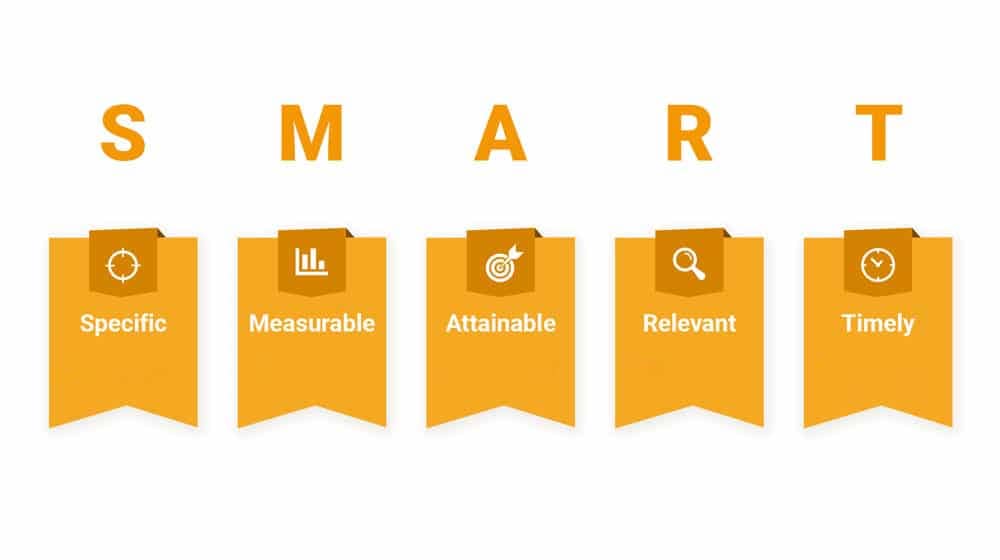
SMART goals are goals that meet five criteria, which you remember via the acronym.
- S: Specific. Your goals need to be specific things, not nebulous concepts like "grow the business."
- M: Measurable. You need to be able to measure data supporting your goal so that you can see your progress.
- A: Achievable. Your goal needs to be reasonably achievable. A small print-on-demand clothing store can't set "reach the market share of Nike" as a goal.
- R: Relevant. Your goal should be relevant to improving your business outcomes in some way.
- T: Time-bound. It would help if you had a time frame for achieving your goal, and it should be reasonable.
As long as your goals fit all five of these, you'll be in a good position.
Avoiding Unreasonable Goals
A lot of bloggers I see, if they're setting goals, are likely setting unreasonable goals. They have goals, but they aren't SMART, in one way or another.

For example:
- Reach 100,000 sessions per month. This goal might be a good benchmark for a mid-large site, but a small business or blog? This expectation fails A, as it's not achievable for most new sites (at least, those reading this.)
- Get 5-10 blog comments on every post. This goal seems like a reasonable goal, but it fails the R: Relevant test. Blog comments are good for SEO and are helpful in their own right, but they are also an external factor that you can't control (outside of adding comments yourself). You should measure this metric, but it doesn't stand up as a relevant goal for most blog content marketing campaigns.
- Make money. This goal fails the S: it's not specific enough. Try setting a specific goal, such as "Split test conversion optimization strategies to see which generates the most leads."
The other problem I often see bloggers make is focusing too much on a few narrow goals, excluding other potential plans with a more significant net benefit to their sites.
My advice is to zoom out. Blogging takes a long time to get off the ground, and it's usually a slow-growth industry if you don't have existing connections to high-powered sites or thought leaders.
Three Categories of Blogging Goals
The way I look at it, there are three kinds of goals you can set within the SMART framework. They are:
- Business Goals.
- Website Goals.
- Branding Goals.
These three kinds of goals all focus on different aspects of a site and a business online. Let's look at them in a bit more detail.
1. Business Goals
Most of the time, when someone is talking to you about website goals and SMART acronyms and all the rest, they're talking about the business goals you can set for your site. These are most relevant for businesses starting blogs or bloggers who want to treat it like a business.
Business goals are usually business objectives. They're things like "make more sales" or "earn more subscribers to the mailing list" or "increase average cart value." They're all goals that directly benefit a business, giving you financial profit.

Don't get me wrong; these are significant goals. However, they're not the most important goals every site owner should focus on, especially if you're relatively new to blogging. In many cases, a newcomer isn't going to be making any sales at all for months without a lot of serious effort, so these goals end up falling by the wayside or, worse, discouraging you from continuing to pursue blogging.
2. Website Goals
Website goals are goals explicitly relating to your website and SEO. They tend to be less financially driven but can result in better financial metrics over time. They're also probably the most broadly varied category and include both on-site and off-site goals.
Website goals include things like "get more blog traffic," "build more content/link magnets," "improve indexing and site-wide quality/speed metrics," and "keep the site publishing actively."
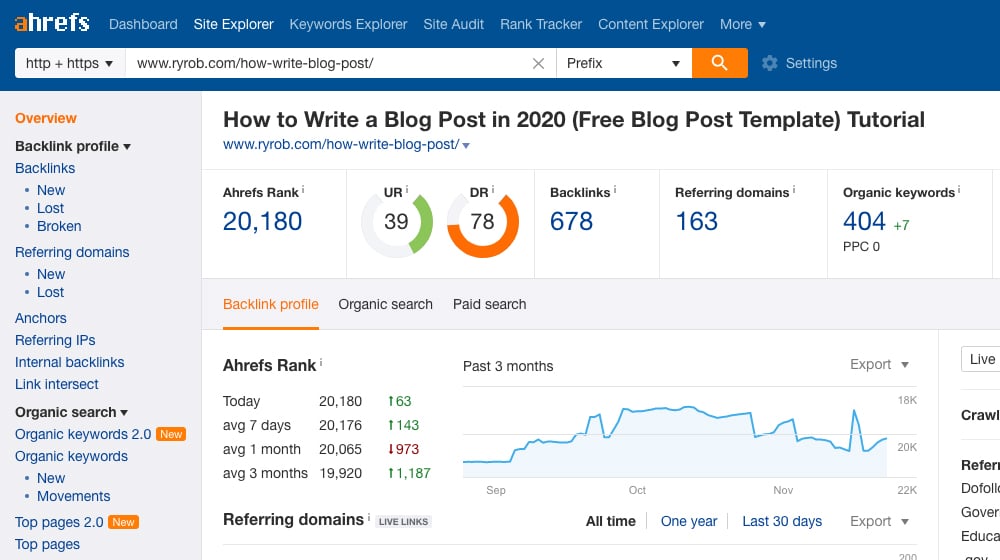
You might set specific goals within each of these. For example, active publishing can work with as little as one post per week or as much as one post per day. Both have benefits and drawbacks, but achieving those goals takes a lot of work and planning.
Website goals also tie directly into SEO. Blogging is arguably one of the best things you can do to improve your website's SEO, and the two are practically synonyms at this point. Virtually all of those benefits are things search engines love, and since Google powers much of the internet, optimizing your site for them is a good idea.
3. Branding Goals
The third category is the goals that benefit your business and yourself in more nebulous ways. They're a lot harder to track and monitor, unfortunately, but they're still indispensable.
These goals include things like "produce great content that feeds social media engagement" and "build your brand and thought leadership." As you can see, they tend to fail the "specific" part of SMART, but they can be formulated to do so sometimes. It all depends on the kind of access and metrics you want to monitor.
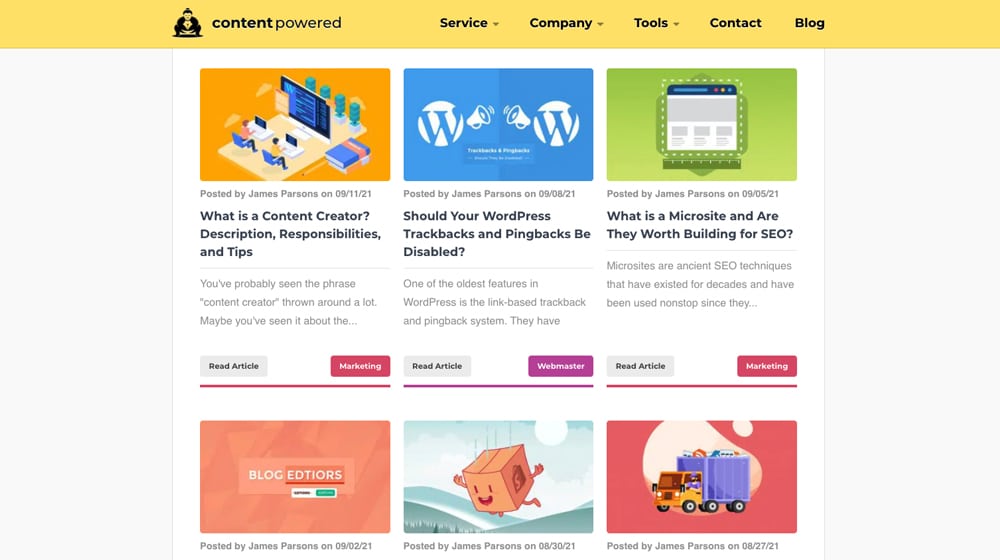
Frankly, most bloggers' biggest mistake is focusing solely on the business goals, like building traffic and sales. Traffic and sales are essential, sure, but they'll also happen organically as you work towards achieving other goals.
How to Set Real Blogging Goals
I promised a guide for beginners, so here's what I have to say. Setting blogging goals may seem daunting, especially if you're sitting on a site that doesn't pull in traffic or get links. Trust me, though; it can be worthwhile.
Step 1: Dial back and decide what your overall goal is with your site.
The first thing many bloggers forget to do is set an overarching goal. What is it you want to do with your blog?

And I mean something that you'll realistically achieve, not just say you want to do because it's what everyone does.
- Do you want to share your views and thoughts with the world?
- Do you want to make enough money to live comfortably on passive income?
- Do you want to build up a business you can sell off and start over?
- Do you want to build sales for your existing business?
There are many different reasons why people go into starting a blog and a website. Identifying your overall purpose is the first step, and it also depends heavily on what you want to be doing each day. Some people want a blog they can check in once a week and make passive money. Others have the drive to run a business every day and look forward to work. It's all about deciding on your primary purpose.
Step 2: Don't forget to invest in your blog.
You can achieve virtually any SMART goal if it's formulated well enough, and the trick is remembering to invest in the success of that goal. All too often, I see people set up a website and poke at it from time to time, hoping it will catch fire and skyrocket, but never putting in the effort necessary for that to happen.
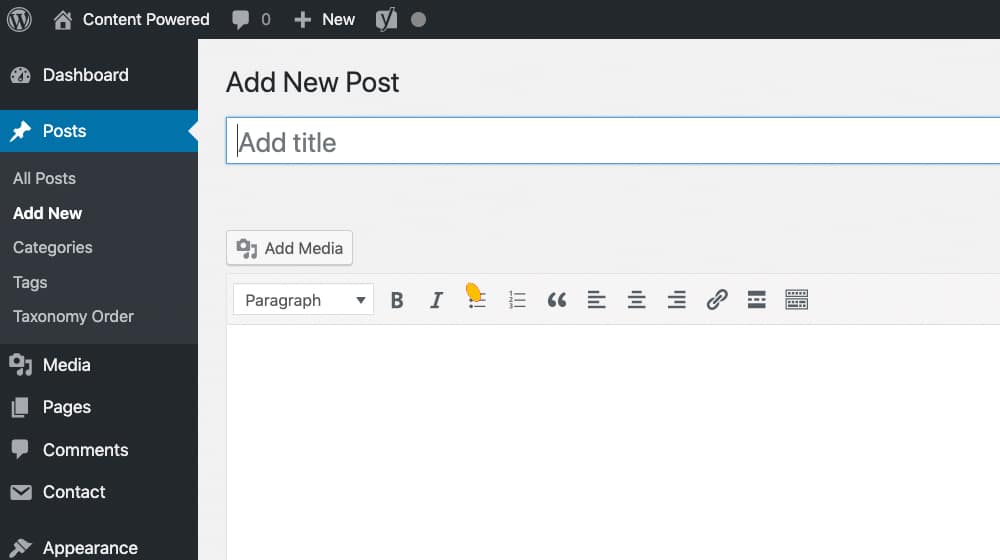
Investing in your blog means spending resources on it. There are two resources you can spend: your money and your time. The more of either of them you put in, the larger, faster, and better your blog will grow. You can spend more money to save time, and you can spend more time to save money, but at the end of the day, you need some investment.
Step 3: Set SMART goals and break them down.
You have an overarching goal for your site; now figure out what you need to achieve to reach it.
One of the most common blogging goals is to "make enough money to live with passive income." Alright, now you need to answer a few questions.
- How much money is that? Do you need $1,000 per month? $2,500 per month? $5,000 per month?
- How are you going to make that money? Will you run affiliate links, will you set up a storefront, will you dropship products? Will you sell your services as a consultant or educator via courses? Will you develop a tool or service to sell?
- How can you break it down? If you want to make $1,000 per month and do it via selling products, what numbers do you need to make it work? Experiment with different prices and sales numbers to see what real numbers might look like. Don't forget to research comparable products online to see what their price points are. You won't make your sales goals if your prices are too high, after all.
While you're at it, define the SMART attributes. For our passive income goal, something like "Make $1,000 per month in product sales by the end of 2022" would be a good goal. It's specific, it's measurable, it's achievable (believe it or not), it's relevant, and it's time-bound.

Next, break down how you'll get there. If you're making $0 per month now and want to be making $1,000 per month by the end of the first year, you need to figure out how much growth you need to ramp up each month. What can you do to encourage this?
Step 4: Build a task list to help you achieve your goals.
You have your SMART goals, so now you need to build a plan to achieve those long-term goals with blogging, which generally means a whole mess of tasks.
- Build and update a blog regularly.
- Optimize your WordPress site for the best SEO.
- Invest in tools to make your job easier.
- Build a more robust product library.
- Consider paying for ads to build exposure.
- Register and fill out social media profiles and promote to Facebook groups.
- Create a podcast for your business and include episodes in blog posts.
- Engage with users who leave comments on your blog posts.
- Promote your blog with strategies like HARO outreach, guest posts, influencers, and interviews.
- Create an email list and a method for users to opt-in to become email subscribers.
- Checking Google Analytics to evaluate pageviews and conversions.
These steps are essential for building up a blog in general and for building a product store specifically. Make sure you're doing something, no matter how small, to try to achieve your goals every day. That's the kind of dedication you need.
Step 5: Give it time.
Time and time again, I see new bloggers dive headlong into a project, only to abandon it after a few months of little or no growth.

The fact is, growing a blog takes time. It can be months after setting up a site before Google even lets you out of their sandbox. You can invest a ton of time and money into your blog and still have little to show for it because you aren't out-doing your competition yet. Blogging will take time, especially if you aren't investing heavily in outreach, link building, and ads. A lot of time.
There are a lot of sites out there that will tell you what a reasonable growth rate is, how quickly you should get to a certain point, and all the rest. The trouble is, they all assume that you're investing a bunch of money, know the ins and outs of what you're doing, or otherwise are starting from an advantageous position. You probably aren't.
So give it time. Blogging can work and will work eventually, as long as you invest in it a little bit every day. Set new goals, make sure that they are realistic, give yourself time to achieve them, and then be a blogging success story.
Now that you know how to set realistic goals, check out our favorite blogging tips to start working them into your new SMART goals:
Good luck!



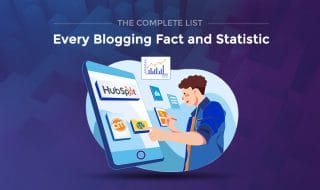
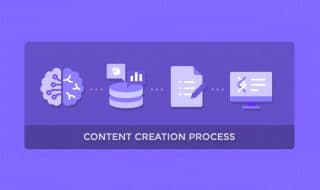



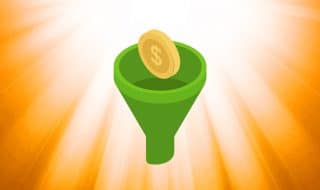

January 17, 2022
Great guide! It really is important to set realistic and achievable goals especially when you're just starting out with the blog. I think some of us often feel pressured to achieve success quickly that we forget to take the necessary small steps to achieve smaller goals first. But I think we need to see the bigger picture that achieving those smaller goals is actually achieving the bigger goal, just in small parts.
January 19, 2022
Thanks Michelle!
I couldn't agree more. Zooming out is incredibly important, these things happen so slow.
You might as well take some of that anxiety of waiting for results and use it towards something positive, like improving user experience, your site design, or auditing your content.
April 12, 2022
This is the perfect guide for those new to blogging. I know quite a few who gave up way too soon. I wish I could've persuaded them to give it more time.
April 29, 2022
Thanks Matt!
Our greatest challenge with new clients is education and clear expectations.
People are so used to the instant gratification of social media and ads; content marketing is the polar opposite in most ways.
Instead of a short burst of traffic, you're investing in a slow trickle of visitors.
I always tell new bloggers to zoom out - blogging doesn't make much sense in the first month because you have no idea what kind of traffic you can expect 1, 2, or even five years from now. It's not as linear and predictable as other forms of marketing, but most people usually quit before things start to heat up.
That's our biggest challenge - to get over that hump and for our clients to get their "eureka!" moment.